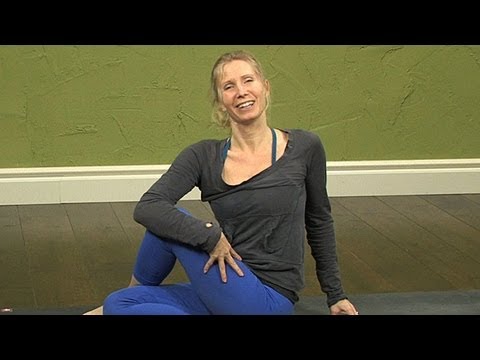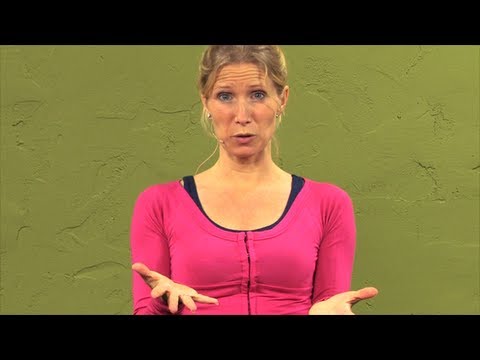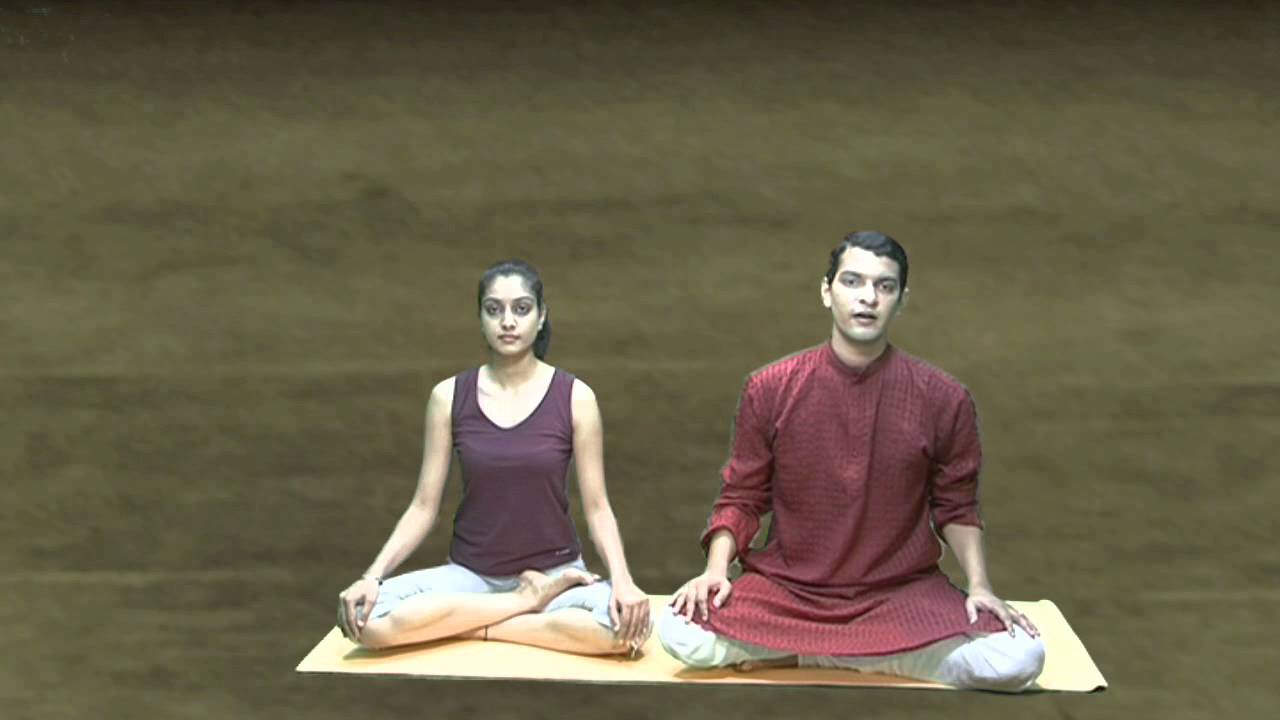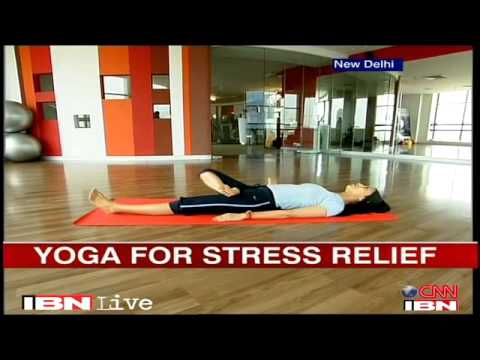Article by Paul Wells
Getting To Know Hatha Yoga
Yoga has it beginnings in ancient India but this discipline has invaded the whole world due to the benefits it offers to people who take up yoga. A survey shows that there are more than sixteen million people who practice yoga in the United States alone.
There are various types of yoga and each type has its own methods and purposes. One type of yoga is the Hatha Yoga which literally means sun and moon, coming from two Sanskrit words Ha which means sun and Tha which means moon.
Hatha Yoga, which was first introduced in the 15th century by Yogi Swatmarama, was meant to help yoga practitioners start off with purifying their bodies before proceeding to a higher level of meditation. It is said that Hatha Yoga is similar to Raja Yoga which follows the principle of yama which refers to moral self discipline or control. However, there are sectors who believe that Hatha Yoga has its origins as early as the 10th century.
American yoga followers usually practice the Hatha Yoga to improve their physical and mental health. Most of the Western practitioners of the Hatha Yoga focus on the asanas or yoga poses and exercises but it is really a unified yoga discipline veering not only on the physical but also in Pranayama which consists of breathing and meditation techniques.
Both Hatha Yoga and Raja Yogi are known as Ashtanga Yoga because it follows the eight limbs which include the asana or the poses including the Lotus pose, easy pose, pelvic pose and easy pose. Some sectors however do not consider Hatha Yoga as Ashtanga Yoga since they believe it follows the six limbs.
The literal meaning of Hatha Yoga refers to the use of opposite forces or energies much like the sun and moon or the more familiar concept of yin and yang. This yoga discipline aims to achieve a balance between the physical and the mental powers of a person to achieve a higher level of existence. The body and mind is prepared for a higher level through the execution of the asanas.
Hatha Yoga makes use of Yama or moral control, the Asanas or the poses, Pranayama, Niyama, specific exercises known as Mudra which aims to improve the breathing technique and Nadanusandhana. All the six limbs work together to help the practitioner achieve a higher level of Kundalini or concentration and meditation.
Most Yoga practitioners strive to follow moral discipline or yama to live a virtuous life. According to the yoga discipline, a person can live a virtuous life by following the ten moral restraints primarily the ahimsa or veering away from causing harm to all living creations.
The other yamas include Satya or the ability to stick to the truth, Asteya which prohibits a person from stealing or incurring debt, Brachmacharya which requires celibacy for singles and faithfulness for those who are married, Kshma which refers to the virtue of patience, Dhriti or the principle of commitment, Daya which prohibits cruelty to all beings, Arjava or the promotion of honesty, Mitahara or keeping a moderate food intake and Shaucha or purity in thoughts and words.
Yoga has been referred to as physical yoga because of the use of poses or exercises to achieve unity in body and mind. Some people equate yoga with Hinduism maybe because it started in ancient India but it should not really be identified or attached to any religion because it is a universal science that aims to achieve spiritual balance.
Hatha yoga is a very significant discipline that helps a yoga practitioner to achieve unity of body and mind in order for him to be elevated to spiritual perfection. While different yoga pose can also develop muscles and body form, they are however primarily aimed to achieve a balance in the body systems and internal organs.
Some people take up Hatha yoga to heal their physical and emotional illnesses. With constant execution of the asanas, the human body ultimately develops into a stable and enduring vessel for the human spirit.
Yoga disciples continue to execute the asanas not only to gain physical but also mental balance. The discipline one can gain from yoga will go a long way in helping the person lead a disciplined, happy and peaceful life.https://secrets2meditation.com/goto/?url=http://www.books4knowledge.co.uk/yoga-at-home-4256-p.asp
About the Author
https://secrets2meditation.com/goto/?url=http://www.books4knowledge.co.uk/yoga-at-home-4256-p.asp



